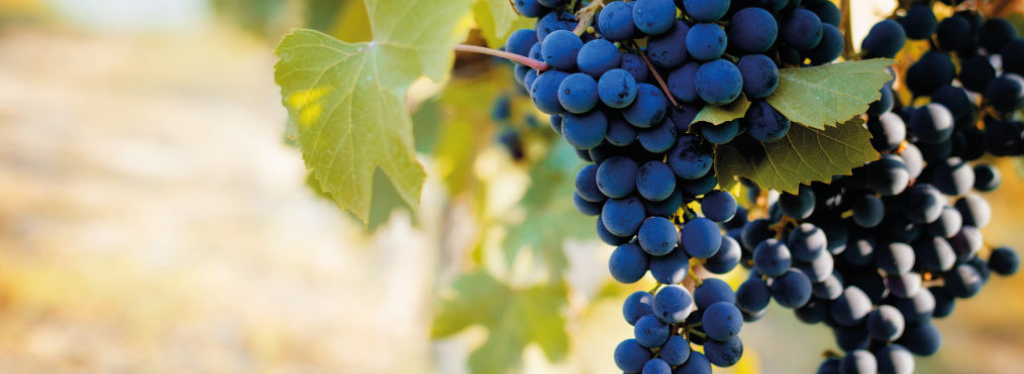
Nebbiolo: Journey to the Heart of the Piedmont Wine Mists
Share
Nebbiolo is a highly prestigious red grape variety originating from the Piedmont region, in north-west Italy. It is considered one of the most important and distinctive grape varieties in the country. Here is a detailed description of the Nebbiolo grape:
1.Origins and diffusion: The exact origins of Nebbiolo are debated, but it is believed to have ancient roots in Piedmont. Its main diffusion is concentrated in this Italian region, in particular in the areas of the Langhe, Roero and Valtellina. However, it has also been planted in other Italian wine regions and abroad, although with a less significant presence.
2. Characteristics of the grape variety: Nebbiolo is known for producing wines of great complexity, structure and elegance. The Nebbiolo bunches are medium in size, with rounded berries. The leaves are medium-large in size, round in shape, with slightly pronounced teeth. The Nebbiolo grape requires specific soil and climate conditions to best express its potential.
3. Characteristics of the wine: The wines obtained from Nebbiolo are generally of an intense ruby red color with garnet reflections tending to orange with aging. On the nose, they present complex and intense aromas of red and black fruit, flowers, spices, aromatic herbs, tobacco and earth. In the mouth, they are wines of great structure, with robust tannins and a lively acidity that gives freshness and longevity. Nebbiolo wines may require a significant aging period to reach their aromatic and flavor peak.
4.Main wines produced: Nebbiolo is mainly associated with two iconic wines of Piedmont: Barolo and Barbaresco. Both are DOCG wines (Controlled and Guaranteed Designation of Origin) produced with at least 85% Nebbiolo grapes. Barolo is known for its power, complexity and longevity, while Barbaresco tends to be more elegant and approachable at a younger age. In addition to these, Nebbiolo is also used in the production of other Piedmontese wines, such as Gattinara, Ghemme and Nebbiolo d'Alba.
In summary, Nebbiolo is a red grape variety of great importance in the Italian wine scene, known for the production of structured, complex and elegant wines, such as Barolo and Barbaresco, which represent the oenological excellence of Piedmont.
1.Origins and diffusion: The exact origins of Nebbiolo are debated, but it is believed to have ancient roots in Piedmont. Its main diffusion is concentrated in this Italian region, in particular in the areas of the Langhe, Roero and Valtellina. However, it has also been planted in other Italian wine regions and abroad, although with a less significant presence.
2. Characteristics of the grape variety: Nebbiolo is known for producing wines of great complexity, structure and elegance. The Nebbiolo bunches are medium in size, with rounded berries. The leaves are medium-large in size, round in shape, with slightly pronounced teeth. The Nebbiolo grape requires specific soil and climate conditions to best express its potential.
3. Characteristics of the wine: The wines obtained from Nebbiolo are generally of an intense ruby red color with garnet reflections tending to orange with aging. On the nose, they present complex and intense aromas of red and black fruit, flowers, spices, aromatic herbs, tobacco and earth. In the mouth, they are wines of great structure, with robust tannins and a lively acidity that gives freshness and longevity. Nebbiolo wines may require a significant aging period to reach their aromatic and flavor peak.
4.Main wines produced: Nebbiolo is mainly associated with two iconic wines of Piedmont: Barolo and Barbaresco. Both are DOCG wines (Controlled and Guaranteed Designation of Origin) produced with at least 85% Nebbiolo grapes. Barolo is known for its power, complexity and longevity, while Barbaresco tends to be more elegant and approachable at a younger age. In addition to these, Nebbiolo is also used in the production of other Piedmontese wines, such as Gattinara, Ghemme and Nebbiolo d'Alba.
In summary, Nebbiolo is a red grape variety of great importance in the Italian wine scene, known for the production of structured, complex and elegant wines, such as Barolo and Barbaresco, which represent the oenological excellence of Piedmont.
